News Beat
News Beat reporting is an idrw.org initiative to let our Readers to report News Based on Actual facts but some how has not been reported in Main Stream Media .
SOURCE: RAUNAK KUNDE / NEWS BEAT / IDRW.ORG
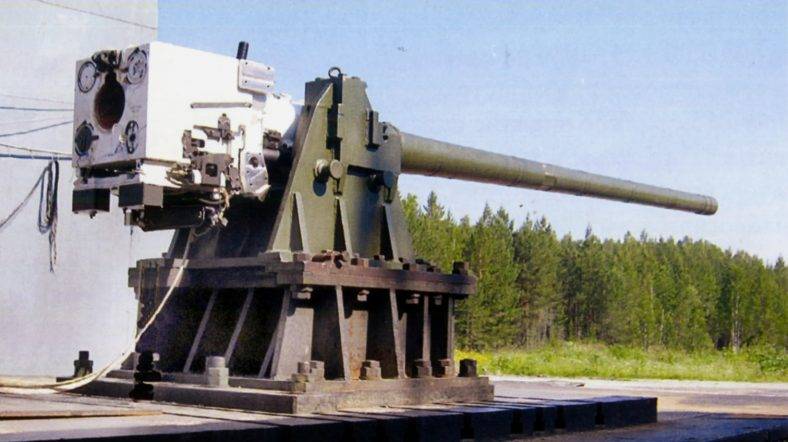
The Defence Research and Development Organisation (DRDO) is gearing up for the development of the Indian Army’s Futuristic Main Battle Tank (FMBT), the successor to the T-72 MBTs. In anticipation of the army’s requirements, DRDO is planning to initiate research and development (R&D) on a new 125mm smoothbore auto-loading main gun for the FMBT.
Unlike the 120mm rifled gun equipping the Arjun MBTs, the FMBT is expected to incorporate a new 125mm smoothbore auto-loading main gun. This shift in calibre aligns with the global trend towards smoothbore guns.
Continue readingSOURCE: RAUNAK KUNDE / NEWS BEAT / IDRW.ORG

Recent tenders issued by DRDO (Defence Research and Development Organisation) hint at significant progress in the development of the STAR (Supersonic Target) missile program. The tenders for procuring lining materials for the rocket motor casing, nozzle, and other crucial components suggest that missile fabrication is well underway, paving the way for potential developmental trials later in 2024.
STAR is a revolutionary target missile designed to travel at supersonic speeds exceeding Mach 2.5. This capability will allow surface warship crews to train for effectively detecting and engaging incoming supersonic anti-ship missiles, a critical skill in modern warfare.
Continue readingSOURCE: RAUNAK KUNDE / NEWS BEAT / IDRW.ORG

The Indian military is bolstering its attack helicopter capabilities on two fronts: American-made Apaches and domestically produced Light Combat Helicopters (LCHs).
Deliveries of the much-anticipated AH-64E Apache attack helicopters to the Indian Army are set to begin next month. The initial batch of six helicopters from the US is expected to arrive in May. This procurement comes as a separate deal from the Indian Air Force’s (IAF) existing fleet of 22 Apaches.
Continue readingSOURCE: RAUNAK KUNDE / NEWS BEAT / IDRW.ORG
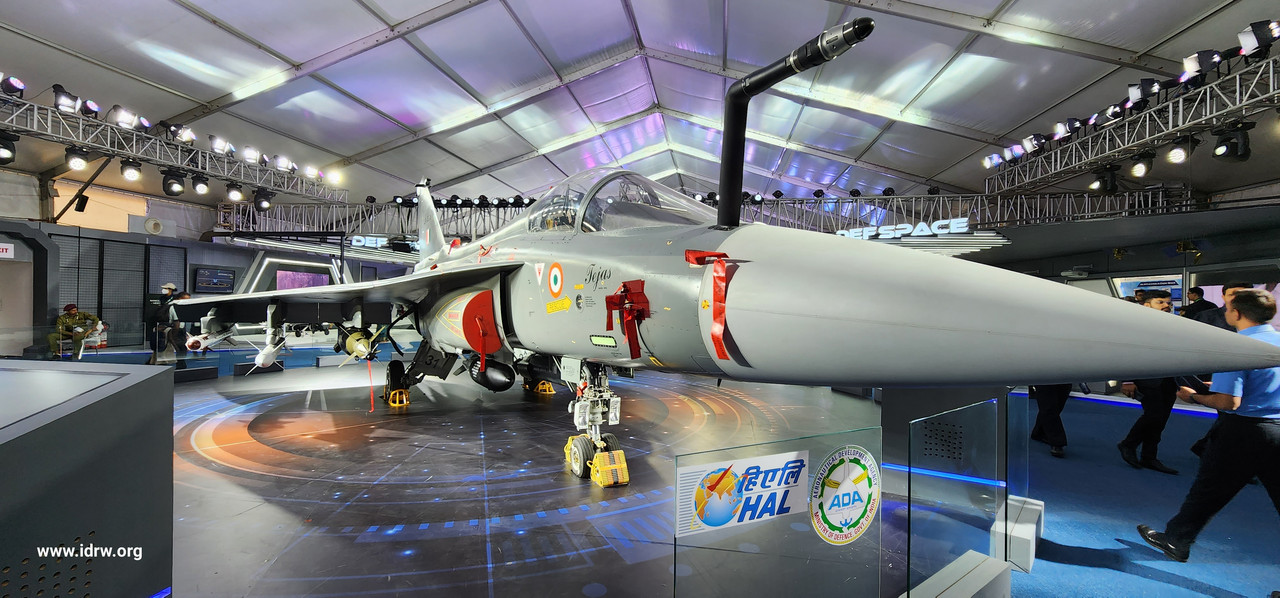
The Indian Air Force (IAF) is gearing up to put its indigenously developed LCA Tejas Mk1A fighter jet in the international spotlight. Air Chief Marshal VR Chaudhari, Chief of the Air Staff, recently confirmed plans to actively feature the Tejas Mk1A in upcoming international air shows and air exercises.
Participating in international air shows and exercises will provide the IAF with a platform to publicly demonstrate the advanced capabilities of the Tejas Mk1A. Potential adversaries and allies alike will witness the jet’s manoeuvrability, firepower, and avionics suite firsthand.
Continue readingSOURCE: RAUNAK KUNDE / NEWS BEAT / IDRW.ORG
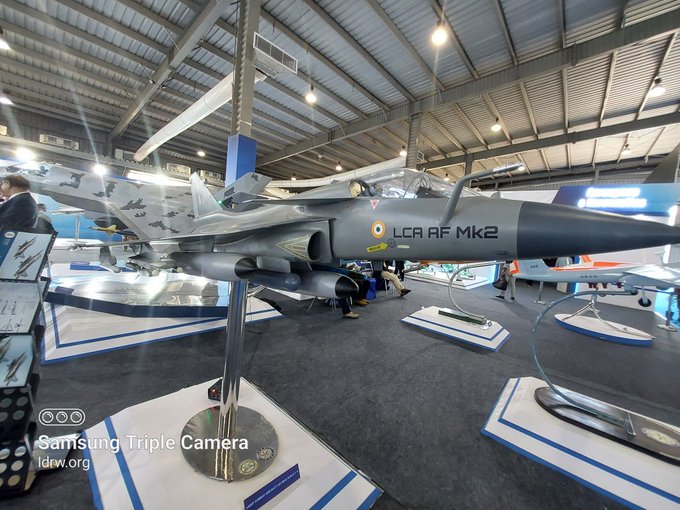
The upcoming Tejas MkII fighter jet program is leaping forward with the incorporation of new, cost-effective manufacturing techniques for its composite fin and rudder assemblies. This collaboration between the Aeronautical Development Agency (ADA) and the National Aerospace Laboratories (NAL) promises a lighter, more efficient aircraft.
The key innovation lies in co-curing, a technique that allows for the simultaneous bonding of multiple composite layers during manufacturing. This reduces both weight and part count. By minimizing the number of mechanical joints, co-curing also improves structural efficiency.
Continue readingSOURCE: RAUNAK KUNDE / NEWS BEAT / IDRW.ORG

The Indian Air Force (IAF) has announced a project to procure and deploy an Integrated Perimeter Security System (IPSS) for 30 of its airbases across India. This initiative aims to significantly enhance the security and intrusion detection capabilities of these critical installations.
The IAF seeks vendors capable of supplying, installing, integrating, and commissioning (SITIC) all necessary equipment and subsystems for the IPSS. The desired system will provide a composite surveillance picture with integrated video analytics to generate real-time decision-making solutions for security personnel.
Continue readingSOURCE: RAUNAK KUNDE / NEWS BEAT / IDRW.ORG
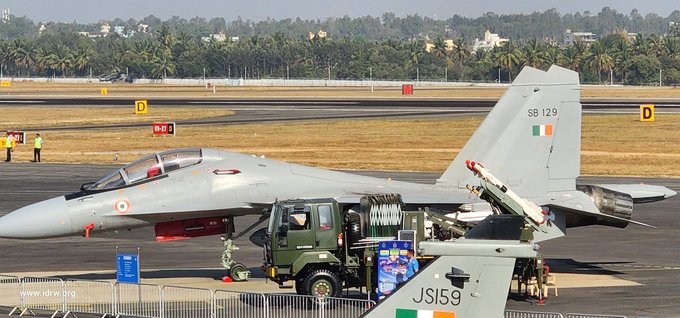
The Indian Air Force (IAF) is planning for the long haul with its Su-30MKI fighter jets. A proposed integration and upgradation program aims to keep these powerful aircraft operational until the mid-2050s.
This ambitious plan hinges on a significant boost to domestic involvement in the Su-30MKI program. The IAF anticipates achieving a staggering 78% indigenization of the aircraft through this upgrade process. This would essentially transform the Su-30MKI from a Russian platform into an aircraft built and maintained largely by India.
Continue readingSOURCE: RAUNAK KUNDE / NEWS BEAT / IDRW.ORG
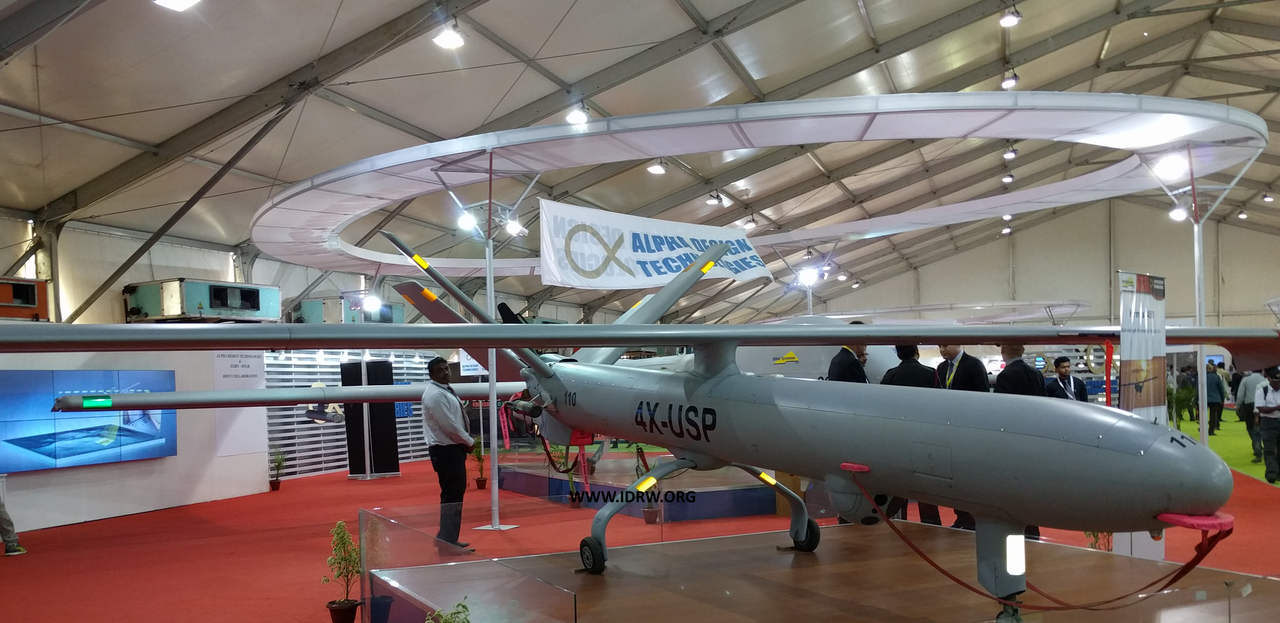
Adani Defence, having secured a major order for its Larger Drishti-10 MALE UAV from the Indian Navy, Adani Defence is now setting its sights on increasing domestic participation in its Drishti-6 tactical UAV program.
The Drishti-6 is a medium-sized, multi-payload UAV based on the Elbit Systems Hermes 450. Adani Defence has been part of the Hermes 450’s global supply chain since 2016, bringing valuable experience to the table.
Continue readingSOURCE: RAUNAK KUNDE / NEWS BEAT / IDRW.ORG

The Ministry of Defence (MoD) has revealed details about a groundbreaking underwater vehicle, the High Endurance Autonomous Underwater Vehicle (HEAUV). This mini-submarine boasts impressive capabilities, making it a valuable asset for India’s maritime security and research endeavours.
The HEAUV’s key strengths lie in its long endurance, autonomous operation, and diverse mission capabilities. This underwater drone can operate for extended periods without human intervention, ideal for long-range missions. Autonomous ISR (Intelligence, Surveillance, and Reconnaissance) missions are a major strength, allowing for covert data collection without risking personnel. The HEAUV is also equipped for limited combat capability, offering an additional layer of strategic flexibility.
Continue readingSOURCE: RAUNAK KUNDE / NEWS BEAT / IDRW.ORG

People familiar with the program told idrw.org that India is poised to take a significant leap in air defence capabilities with the upcoming inflight trials of the Astra Mk3 air-to-air missile, according to informed sources. These trials are expected to begin later this year or early next year.
The news comes on the heels of the Indian Ministry of Defence’s (MoD) year-end review in 2023, which highlighted the Defence Research and Development Organization’s (DRDO) impressive progress in air-to-air missile technology. While details remain classified, the review mentioned the successful testing of a cutting-edge air-to-air missile powered by a revolutionary “Solid Fuel Ducted Ramjet (SFDR)” propulsion system. This successful 2022 flight test of the SFDR booster paved the way for further advancements.
Continue readingSOURCE: RAUNAK KUNDE / NEWS BEAT / IDRW.ORG

India’s state-owned Hindustan Aeronautics Limited (HAL) remains committed to developing its Software Defined Radio 1 (SDR-1) for the Tejas MkII fighter program. This comes despite the recent maiden flight of the upgraded Tejas Mk1A, which was equipped with the Israeli-made B-NET SDR radio.
The HAL-developed SDR-1 has officially entered the testing phase, signifying progress towards integration into the Tejas MkII. This domestically produced solution aims to provide advanced communication capabilities for the next-generation fighter.
Continue readingSOURCE: RAUNAK KUNDE / NEWS BEAT / IDRW.ORG
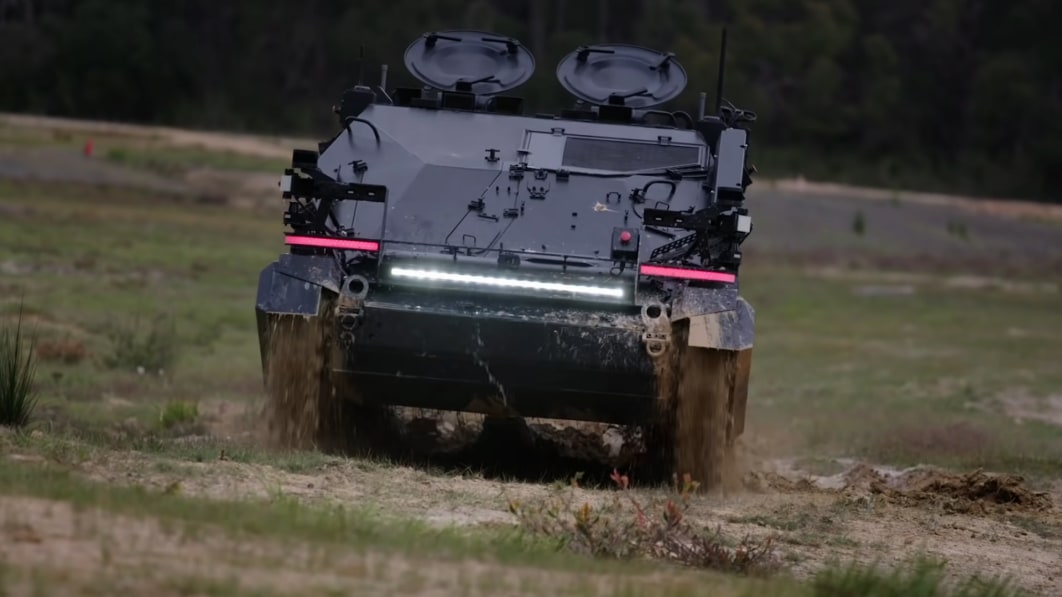
Japan’s Acquisition, Technology & Logistics Agency (ATLA), the procurement arm of the Ministry of Defense, and India’s Defence Research and Development Organisation (DRDO) have successfully concluded a joint research project. This collaboration focused on Visual SLAM-based GNSS Augmentation for Unmanned Ground Vehicles (UGVs) and Robotics.
The project, titled “Project Arrangement Concerning the Visual SLAM-based GNSS Augmentation for UGV/Robotics between Japan and India,” aimed to develop a cutting-edge navigation system for autonomous military vehicles. The collaboration involved ATLA’s Future Capabilities Development Center and DRDO’s Centre for Artificial Intelligence and Robotics (CAIR).
Continue readingSOURCE: RAUNAK KUNDE / NEWS BEAT / IDRW.ORG

India’s indigenously developed light combat aircraft, the LCA-Tejas Mk1A, is gearing up for a crucial phase of testing. After completing its maiden flight last month, the aircraft will now head to the Pokhran range for a series of weapons tests.
These tests are essential due to the significant upgrades incorporated into the Tejas Mk1A. A key change is the adoption of the advanced EL/M-2052 Active Electronically Scanned Array (AESA) radar by Elta Systems. This new radar necessitates the revalidation of weapons that rely on radar guidance for the Mk1A to achieve operational clearance.
Continue readingSOURCE: RAUNAK KUNDE / NEWS BEAT / IDRW.ORG
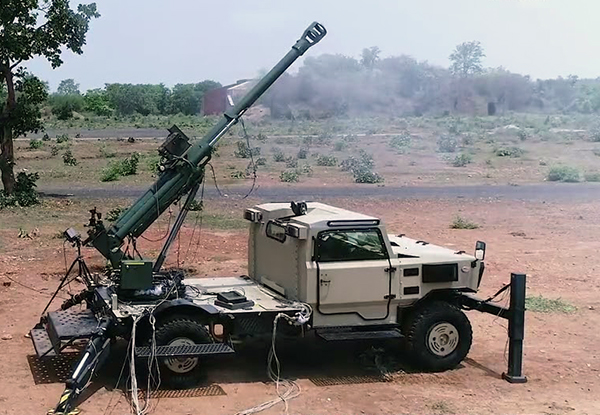
In a move to bolster its mobile firepower, particularly along the Line of Actual Control (LAC) with China, the Indian Army issued a tender last year (November 27, 2023) for the acquisition of 200 new self-propelled howitzers equipped with 105mm guns. This initiative emphasizes the Indian government’s push for indigenous defence solutions.
The primary objective of this procurement is to equip the Indian Army with modern and mobile artillery systems for high-altitude border regions. These self-propelled howitzers will offer greater operational flexibility and firepower compared to traditional towed artillery, especially in challenging mountainous terrain.
Continue readingSOURCE: RAUNAK KUNDE / NEWS BEAT / IDRW.ORG
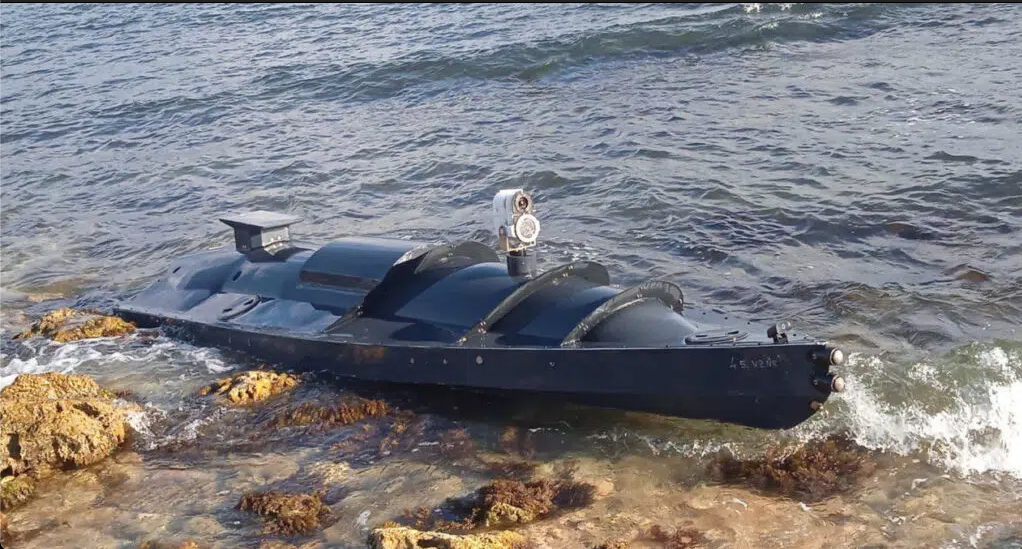
Recent events in the Ukraine conflict have sent ripples through the Indian Navy, prompting a strategic rethink to address the growing threat posed by sea drones. The successful deployment of explosive-laden drones by Ukraine against Russian warships has highlighted the vulnerability of even large vessels to these low-cost, unconventional weapons.
Traditionally, destroyer-type ships have served as protectors against smaller, faster torpedo boats, safeguarding larger vessels like battleships. However, the rise of sea drones challenges this established dynamic. The Indian Navy, along with other major naval forces, is now forced to adapt its strategies to this new and evolving threat.
Continue reading